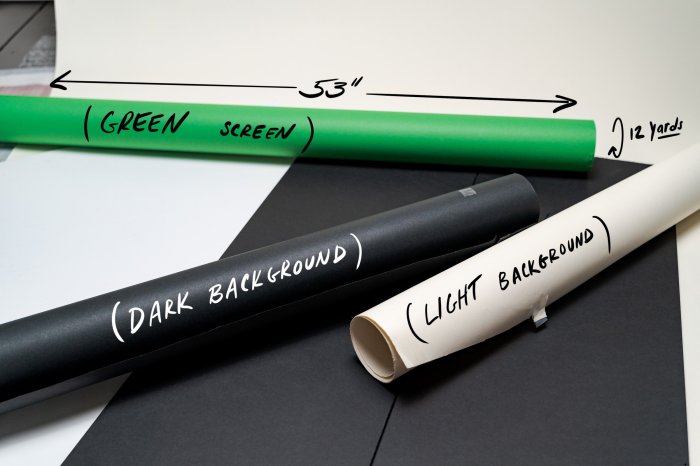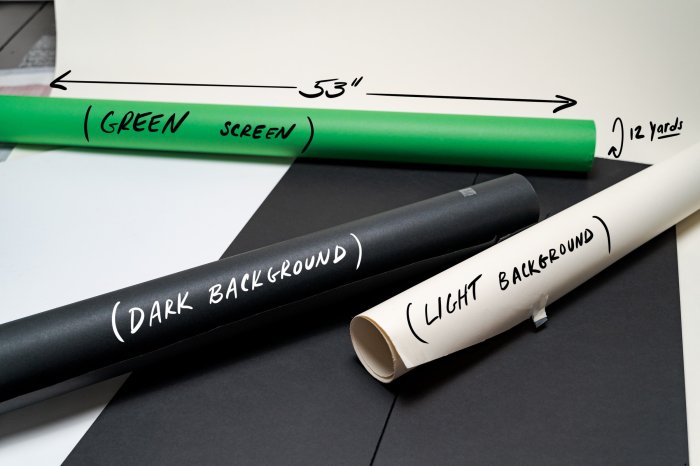Product Photography Essentials takes center stage, inviting you into a world of creativity and expertise. Get ready to dive into the secrets of capturing products like a pro!
From the importance of high-quality images to lighting techniques and editing tips, this guide has everything you need to elevate your product photography game.
Importance of Product Photography

Product photography plays a crucial role in the success of e-commerce businesses. High-quality images can make a significant impact on sales and customer perception, ultimately influencing purchasing decisions.
Enhancing Brand Image
Good product images help in creating a strong brand identity by showcasing the quality and features of the products. They contribute to brand recognition and build trust among customers.
Boosting Sales
- High-quality product photos can attract more potential customers and increase conversion rates.
- Clear and detailed images provide customers with a better understanding of the product, leading to higher purchase intent.
- Professional photos can highlight the unique selling points of the product and differentiate it from competitors.
Marketing Strategies
Product photography is an essential element of marketing strategies. Compelling visuals can grab the attention of consumers, engage them with the product, and drive them towards making a purchase.
Equipment for Product Photography
When it comes to capturing stunning product photos, having the right equipment is essential. From cameras to lighting, each piece plays a crucial role in achieving top-notch results.
Cameras and Lenses
- Invest in a DSLR or mirrorless camera for high-quality images with manual settings control.
- Choose lenses with a focal length that suits your product size and shooting distance.
Tripods
- Use a sturdy tripod to keep your camera stable and ensure sharp, focused shots.
- Consider a tripod with adjustable height and angles for versatile shooting options.
Lighting and Light Modifiers
- Utilize natural light or artificial lighting sources to illuminate your products evenly.
- Enhance lighting control and reduce harsh shadows by using a lightbox or softbox.
- Experiment with different lighting angles and intensities to highlight product details.
Choosing the Right Equipment
- Consider the size, shape, and material of your products when selecting cameras, lenses, and lighting.
- Opt for macro lenses for close-up shots of small items and wide-angle lenses for larger products.
- Adjust lighting setups based on the reflective surfaces of your products to minimize glare and reflections.
Lighting Techniques: Product Photography Essentials

When it comes to product photography, lighting plays a crucial role in capturing the details and enhancing the overall look of the products. Different lighting setups can be used to achieve the desired effect and create stunning product photos.
Artificial Light:
Artificial light sources like strobes, continuous lights, or LED panels can provide consistent and controlled lighting for product photography. These lights are ideal for indoor shoots where natural light may be limited.
Natural Light:
Natural light from windows or skylights can create a soft and flattering look for product photos. Positioning the product near a window or using diffusers to soften harsh sunlight can help achieve a more natural and even lighting.
Studio Lighting:
Studio lighting setups with softboxes, umbrellas, or reflectors can help create a professional and well-lit environment for product photography. These tools can be adjusted to control the intensity and direction of light to avoid harsh shadows and create a balanced lighting effect.
Using Reflectors and Diffusers:
Reflectors bounce light back onto the product to fill in shadows and enhance details, while diffusers soften harsh light to create a more flattering look. Experimenting with the placement of reflectors and diffusers can help achieve the desired lighting effect and improve the overall quality of product images.
By understanding and utilizing different lighting techniques, photographers can enhance the appearance of products and create visually appealing images that attract customers.
Composition and Styling
When it comes to product photography, composition and styling play a crucial role in creating visually appealing images that attract customers. By following the rule of thirds and other composition techniques, as well as paying attention to styling details like props, backgrounds, and color choices, you can enhance the overall look of your product photos and create a consistent brand identity.
Rule of Thirds and Composition Techniques, Product Photography Essentials
- One of the fundamental composition techniques in photography is the rule of thirds, which involves dividing your frame into nine equal parts with two horizontal and two vertical lines. By placing key elements of your product along these lines or at their intersections, you can create a more balanced and visually interesting composition.
- Other composition techniques to consider include leading lines, framing, symmetry, and negative space. Experimenting with these techniques can help you add depth and visual interest to your product photos.
Styling Tips
- When styling your products, think about using props that complement your product and add context without overshadowing it. Choose backgrounds that enhance the product without distracting from it, and consider color choices that align with your brand’s aesthetic.
- To create a cohesive look across your product images, maintain consistency in your styling choices. This could include using the same props, backgrounds, and color palette for all your products to establish a strong brand identity.
Editing and Post-Processing
Editing and post-processing play a crucial role in achieving a polished final look for product photos. It is during this stage that colors are enhanced, imperfections are removed, and images are optimized for web use.
Popular Editing Software
When it comes to editing software for product photography, Adobe Photoshop and Lightroom are among the most popular choices. These tools offer a wide range of features and capabilities that allow photographers to make precise adjustments to their images.
- Adobe Photoshop: Known for its extensive editing capabilities, Photoshop is ideal for detailed retouching, color correction, and background removal. It offers layers, masks, and various tools for advanced editing.
- Adobe Lightroom: Lightroom is a non-destructive editing software that is perfect for managing and editing large batches of photos. It provides tools for color correction, exposure adjustments, and batch editing.
Tips for Enhancing Product Photos
- Enhancing Colors: Use tools like vibrance and saturation to make colors pop and appear more vibrant. Adjust white balance to ensure accurate color representation.
- Removing Imperfections: Utilize tools like the spot healing brush and clone stamp to remove blemishes, dust, or any distractions in the image.
- Optimizing for Web Use: Resize images appropriately for web use to ensure fast loading times. Compress images without compromising quality to improve website performance.
